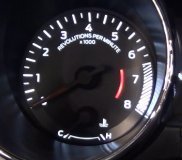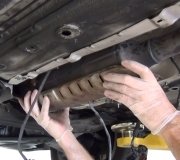Monday, September 19th, 2011 AT 3:19 PM
I have a 1995 Plymouth Neon. It starts up just fine and idles normally. It actually runs fine for about 10-15 min. After driving. After about that time it starts to sputter and bog down as if it were running out of gas. If I lightly press the gas it will go slowly and if I go full throttle it goes. Anywhere in between it cuts out and******. I have to pump the gas and usually have to floor it to get up to speed. I have to do this for my entire drive. Floor it, let off, floor it, let of, etc. If I have to stop for any reason, i'm pretty much screwed trying to take off again. Check engine light is on and it smells like its running rich. Any help would be greatly appreciated. Thanks.


